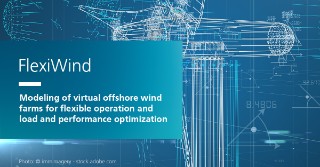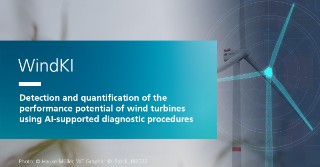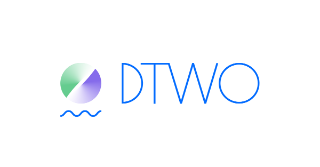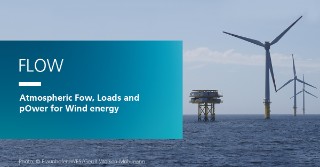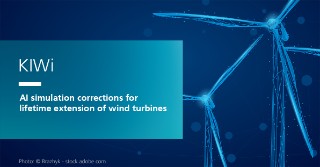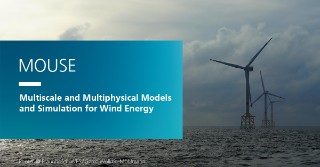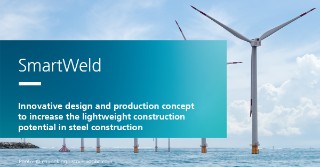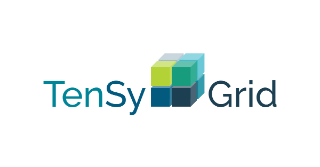Digitalization is a dynamic and clearly noticeable process in industry – including the wind energy and hydrogen sectors. Through its complex research topics, Fraunhofer IWES offers digital solutions in all areas. In addition to standards such as data monitoring, topics such as big data and the digital twin have also found their way into research. They are being utilized and further developed in a wide range of different scientific fields.
Virtual test rigs for non-physical testing methods.
Virtual test rigs are a major focus at Fraunhofer IWES among other things. The physical test rigs are used to develop numerical models and validate them fully with experimental tests. This enables the development of new test methods which are not physical.
At the Dynamic Nacelle Testing Laboratory (DyNaLab), for example, it is possible to describe a mechanical test. The model represents a nacelle, the surrounding test infrastructure, and the auxiliary systems. The virtual nacelle test rig can also map the effects of electrical tests on the mechanical structure.
Optimization scenarios with open source software from IWES
In addition to a range of software used in-house, IWES also makes open source fluid dynamics software available to external users. FOXES, a modular wind farm simulation and wake modeling toolbox, and iwopy, a framework for coupling different optimization modules, together form the basis for calculating different optimization scenarios of wind energy utilization.
Use cases range from wind farm optimization (e.g., layout optimization or wake steering) to post-construction analyses, studies, comparisons, and wake model validations. Further open source releases are also planned for the future.


